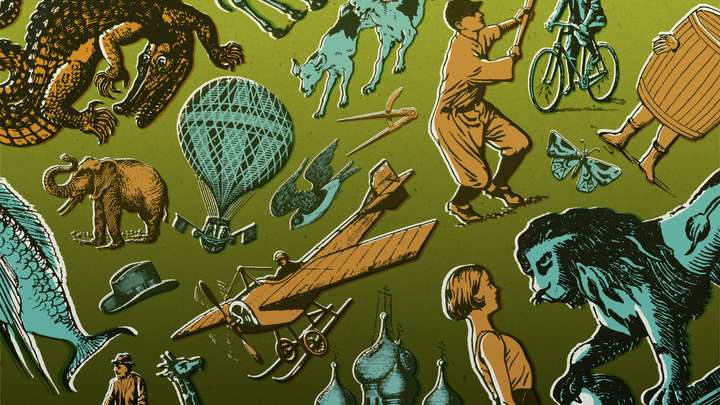
Two Sides of the Same Coin
The Apple Seed - Season 2013, Episode 510
- Nov 8, 2016 7:00 am
- 57:50
If you’ve been around long enough on this earth, you learn pretty quickly that there are at least two sides to every story—maybe even more! So on today’s episode, we’d like to offer you some lesser known insights on classic stories and let you decide for yourself which version of “the truth” suits you best. There are always multiple perspectives to any story. In the end, who is right? Stories included in this episode: A Tale of Curses, Blessings, and Bee Stings Blessings and curses can be two sides of the same coin. Joel ben Izzy tells us why. To learn more about Joel ben Izzy visit storypage.com The Rahjah's Question The story of the blind men and an elephant originatied in the Indian subcontinent. From there it has widely diffused and teaches about perceptions. The parable has crossed between many religious traditions and is part of Jain, Buddhist, Sufi, Hindu, and Baha'i lore. To learn more about Odds Bodkin visit www.oddsbodkin.net Hansel and Gretel In 1812, the Brothers Grimm published the German fairytale, Hansel and Gretel. Over the centuries the story of a young brother and sister has been retold and adapted into various media—most notably, the 1893 opera Hänsel und Gretel by Engelbert Humperdinck. This is a revisionist approach by Ed Stivender. To learn more about Ed Stivender visit edstivender.com Hansel and Gretel In 1812, the Brothers Grimm published the German fairytale, Hansel and Gretel. Over the centuries the story of a young brother and sister has been retold and adapted into various media—most notably, the 1893 opera Hänsel und Gretel by Engelbert Humperdinck. This is a postmodern approach by Ingrid Nixon. To learn more about Ingrid visit www.ingridnixon.com The Three Billy Goats Gruff This Norwegian fairy tale was collected by Peter Christen Asbjørnsen and Jørgen Moe in their Norske Folkeeventyr, first published between 1841 and 1844. This is a classic telling of the story by Jim Weiss. To learn more about Jim visit www.jimweiss.com Under the Bridge This Norwegian fairy tale was collected